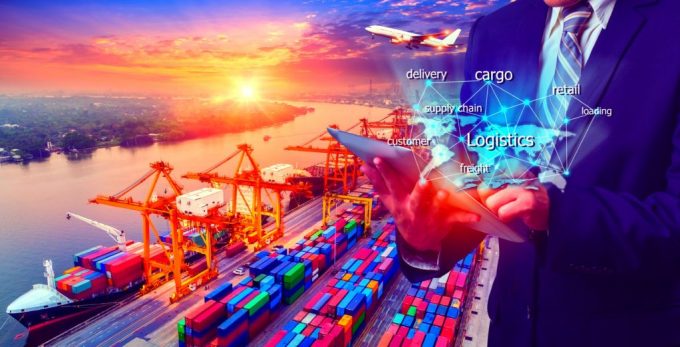Fleet watching is the key to predicting the future in air
All eyes on the aircraft boneyard

As shipping lines grapple with the challenges of overcapacity, new regulations and tanking demand, one forwarder executive believes carriers are in danger of losing ground to NVOs.
The forwarder said that, given these challenges, it will be hard for carriers to maintain service levels, and beneficial cargo owners will find it harder to manage their ocean traffic. This should create an opening for NVOs “to take market share back,” he predicted.
Container carriers will be struggling with downward rate pressure and elevated ...
Trump tariffs see hundreds of cancelled container bookings a day from Asia
'Disastrous' DSV-Schenker merger would 'disrupt European haulage market'
'To ship or not to ship', the question for US importers amid tariff uncertainty
'Chaos after chaos' coming from de minimis changes and more tariffs
List of blanked transpac sailings grows as trade war heats up and demand cools
EC approves DSV takeover of DB Schenker
Shippers in Asia restart ocean shipment bookings – but not from China
Forto 'sharpens commercial priorities' as it lays off one-third of staff
India withdraws access for Bangladesh transhipments, in 'very harmful' decision
'Tariff hell' leaves industries in limbo – 'not a great environment to plan'
IndiGo fleet expansion plan will include a major push to boost cargo volumes
Pre-tariff rush of goods from US to China sees air rates soar, but not for long
De minimis-induced ecommerce demand slump could cripple freighter operators
'Restoring America's maritime dominance' – stop laughing at the back of the class
Hapag 'took the bigger risk' when it signed up to Gemini, says Maersk
Navigating tariffs: 'like trying to solve a Rubik's cube while colour-blind'

Comment on this article